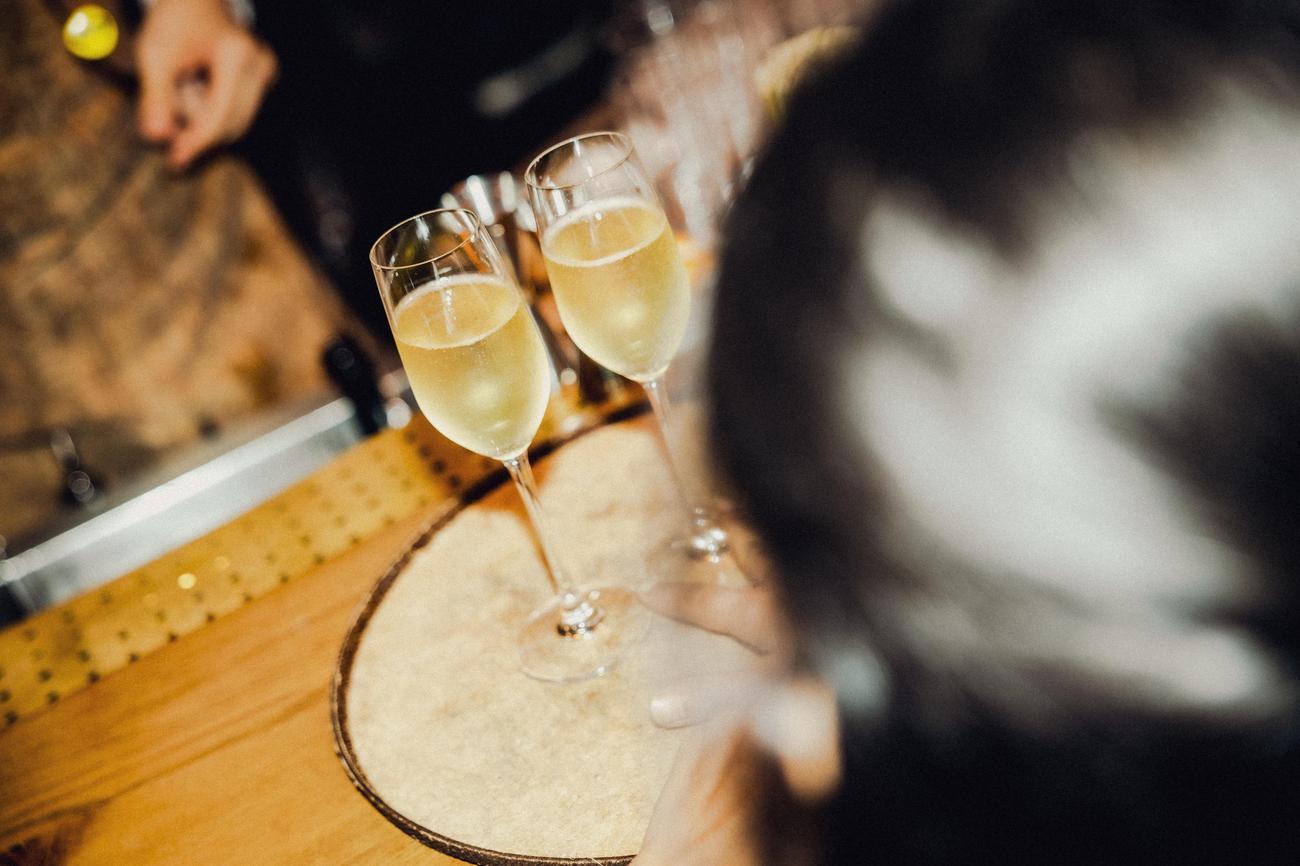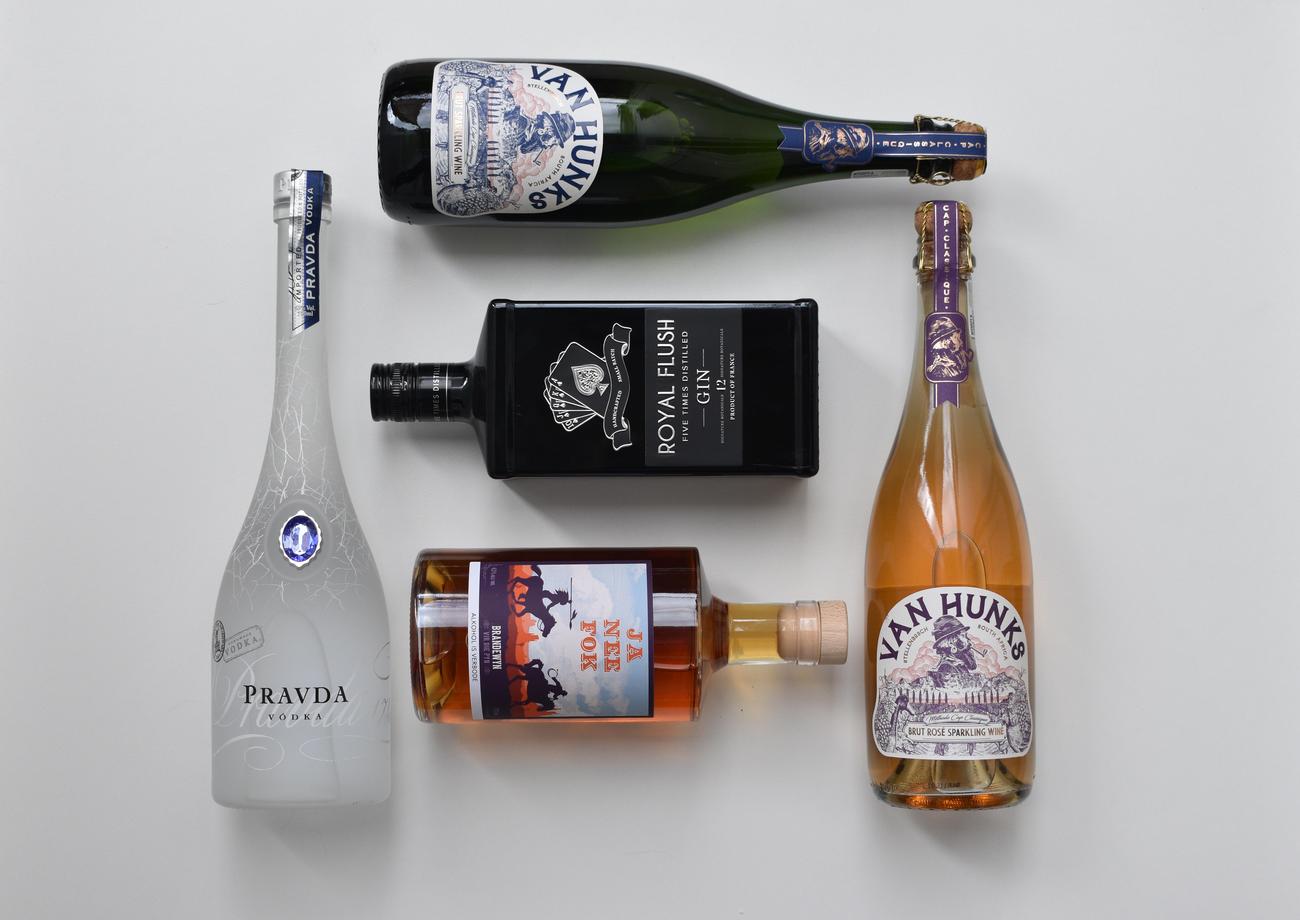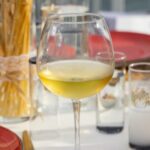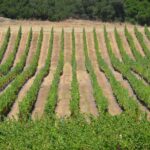Discover the fascinating origins of Champagne as we unravel the brilliant minds behind its invention. In this thought-provoking exploration into the historical roots of this beloved sparkling wine, we will delve deep into the captivating world of Champagne’s inception. With a meticulous eye for detail, our journey will take us through centuries of historical research, ancient manuscripts, and insightful interviews with renowned experts. Through this comprehensive and engaging article, we aim to provide you with a comprehensive understanding of the geniuses who first pioneered the creation of Champagne, unveiling the true brilliance behind this effervescent delight.

Who first invented Champagne?
The Origins of Champagne: Uncovering the Genius Behind its Invention
Champagne. The very word conjures up images of celebration, elegance, and luxury. But have you ever wondered who first invented this iconic sparkling wine? The story is filled with intrigue and debate, and the true genius behind its creation may surprise you.
The Early Origins of Champagne
To understand the origins of Champagne, we must travel back in time to the ancient region of Champagne in France. It was here that the Romans, the first inhabitants of the area, planted vineyards and began the tradition of winemaking. The name Champagne itself derives from the Latin word “campania,” meaning “open country.”
A Transformation in Winemaking
In the early days, Champagne was not the effervescent delight we know today. It began as a pale, pinkish still wine, enjoyed by locals and visitors alike. But it was the evolution of winemaking techniques that would eventually bring about the creation of Champagne as we know it.
The Contribution of Dom Perignon
While there is some debate surrounding his role, the French monk Dom Perignon is often associated with the invention of Champagne. His contributions to perfecting the winemaking process were groundbreaking. Dom Perignon implemented innovative techniques such as blending different grape varieties, careful pruning of the vines, and aging the wine in stronger bottles to withstand the pressure created by the bubbles.
A Sparkling Discovery
However, recent research by an English scientist revealed a surprising twist to the story. Through meticulous examinations of historical records, it was discovered that English winemakers had been adding sparkle to their wines nearly 30 years before Dom Perignon’s time. This revelation challenges the conventional belief that Dom Perignon was the sole inventor of Champagne.
The True Inventors of Champagne
So, who can we credit as the true inventor of Champagne? The answer may lie in the collective contributions of various individuals throughout history. While Dom Perignon’s innovations undoubtedly played a significant role, he may not have been the sole pioneer of sparkling wine. It is possible that the true inventors were the winemakers and innovators of both France and England, who, through a combination of trial and error, unlocked the secret of creating effervescence in wine.
Unveiling the True Geniuses
As we unravel the origins of Champagne, it becomes evident that attributing its invention to a single individual would be an oversimplification. The true genius behind Champagne lies in the collective efforts of countless winemakers, innovators, and visionaries over the centuries. Each one of them added a piece to the puzzle, ultimately shaping Champagne into the exquisite beverage we know today.
In Conclusion
The story of who first invented Champagne is a captivating tale, filled with twists, debates, and surprises. While Dom Perignon is widely associated with its invention, recent discoveries challenge this notion. The true origin of Champagne is a testament to the ingenuity and perseverance of countless individuals who dedicated their lives to perfecting the art of winemaking.
Quote: Champagne is not the result of a single mind, but rather the culmination of the collective brilliance of winemakers throughout history.
Champagne is a drink that has captivated the hearts of people for centuries. Have you ever wondered about the fun facts surrounding this exquisite beverage? Whether you’re a champagne enthusiast or just curious about its origins and production processes, we’ve got you covered. Click here to uncover some fascinating fun facts about champagne and enhance your knowledge of this delightful bubbly: fun facts about champagne. Cheers to expanding your champagne expertise!
Champagne: A History
[youtube v=”rWr9Juh2TQk”]
Champagne, the sparkling wine that is now synonymous with celebration and special occasions, has a fascinating history that dates back centuries. While it is often believed that champagne was invented by a 17th century French monk named Dom Perignon, the truth is that the story of the monk and his invention is mostly a myth. The surprising history of sparkling wine deserves to be remembered, as it tells the tale of a region and its wine that far predates the champagne we know today.
To truly understand champagne, it is important to know that only sparkling wine produced in the Champagne region of France may be called champagne. All other sparkling wines are simply referred to as sparkling wine. This designation is known as an appellation, which is the right to a name. While other vineyards may use similar grapes and production methods, only wine made in the Champagne region can carry the coveted champagne appellation.
The Champagne region, located in the northeast of France, has a rich history that goes back centuries. The name “Champagne” is derived from the Latin word “companions,” meaning level or open country, which refers to the rolling hills and open plains of the region. The Romans, who saw similarities between the terrain of Champagne and the Italian region of Campania, may have brought the name to the area. Interestingly, the name also has military connotations, as the open terrain of the Champagne region was considered suitable for military maneuvers, giving rise to the term “campaign.”
The association between the Champagne region and wine began with wine-drinking rather than winemaking. The Remy tribe, who lived in what is now Champagne, had a penchant for wine and would often buy it from the Romans. In fact, the Romans started growing grapes in the region as early as the first century. However, it wasn’t until the late 3rd century that the ban on wine plantations among the Gauls was lifted, allowing the viticulture of Champagne to flourish.
During the early Middle Ages, Champagne was known as “Australia” and was part of the kingdom of the Franks. It wasn’t until the 5th century, at the time of Saint Remy, that serious mention of vineyards in the region was made. Saint Remy, the bishop of Reims, wrote about various vineyards in the region, highlighting the significance of wine production during that period.
The reputation and economic importance of the Champagne region continued to grow over the centuries. The region became known for its Champagne fairs, which were annual trade fairs that played a vital role in linking European economies during the high Middle Ages. These fairs helped to solidify the economic value of wine production in the area and cemented Champagne as a prominent trading crossroads.
By the 17th century, the reputation of wines from the Champagne region was declining. Enter Dom Perignon, a monk who arrived at the Abbey of Hautvillers in 1668. Despite the region’s wines being shunned by the French Court, Dom Perignon dedicated himself to improving the winemaking process. He was a master at blending wines from different vineyards and transforming the Abbey of Hautvillers into a center of viticultural progress.
While Dom Perignon was an instrumental figure in the development of wines from Champagne, the claim that he invented sparkling wine is a myth. In fact, he was more interested in preventing his wine from sparkling. At the time, fermentation would stop during the cold winters and then start again in the spring, leading to bottles breaking due to the release of carbon dioxide. Dom Perignon’s goal was to prevent this secondary fermentation process. Despite his efforts, sparkling wine was actually invented by an Englishman named Christopher Merret in 1662. The popularity of sparkling wine eventually made its way to France, and Champagne became known as the region that produced sparkling wine in large quantities.
The innovations that have led to the modern popularity of champagne can be attributed, in part, to the ingenuity of several women in the 19th century. The Napoleonic Code restricted women from owning businesses in France, but widows were exempt from this rule. Women like Barb Nicole Ponsardin, Louise Pommery, and Lily Bollinger turned their vineyards into successful champagne empires.
In conclusion, the history of champagne is a tale of a region steeped in tradition and innovation. From its humble beginnings as a wine-loving tribe to its transformation into the prestigious wine region we know today, Champagne has a rich and storied past. While Dom Perignon played a significant role in the development of wines from Champagne, he did not invent sparkling wine. That honor goes to Christopher Merret, an Englishman who introduced the process of making carbonated wine. Thanks to the efforts of many individuals over the centuries, champagne has become a symbol of celebration and luxury around the world.

FAQ
Question 1: Who is credited with inventing Champagne?
Answer: The French monk Dom Perignon is widely associated with the invention of Champagne and is often credited as its inventor.
Question 2: Did Dom Perignon actually invent Champagne?
Answer: There is some debate and uncertainty about who actually invented Champagne, with some sources suggesting that Dom Perignon may not have been the true inventor.
Question 3: Were English winemakers adding sparkle to their wine before Dom Perignon?
Answer: Yes, an English scientist discovered that English winemakers had been adding sparkle to their wine 30 years before Dom Perignon.
Question 4: How did Champagne evolve over the centuries?
Answer: Champagne has a long history and evolved from being a pale, pinkish still wine to a sparkling wine over the centuries.
Question 5: When did sparkling champagne gain popularity?
Answer: The popularity of sparkling champagne grew following the death of Louis XIV in 1715, and it embedded itself into popular culture by the end of the 19th century.
“`json
“`
- Discover Long Black Pepper: Flavor & Health Benefits - April 25, 2025
- Shocking Twists: The Grownup Review: Unreliable Narration - April 25, 2025
- A Quiet Place Book vs Movie: A Deep Dive - April 25, 2025
















